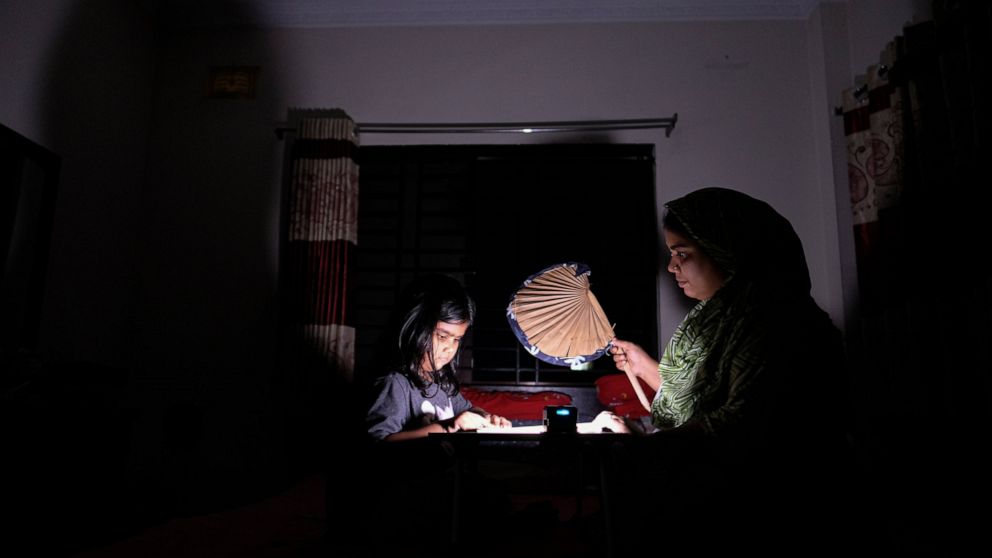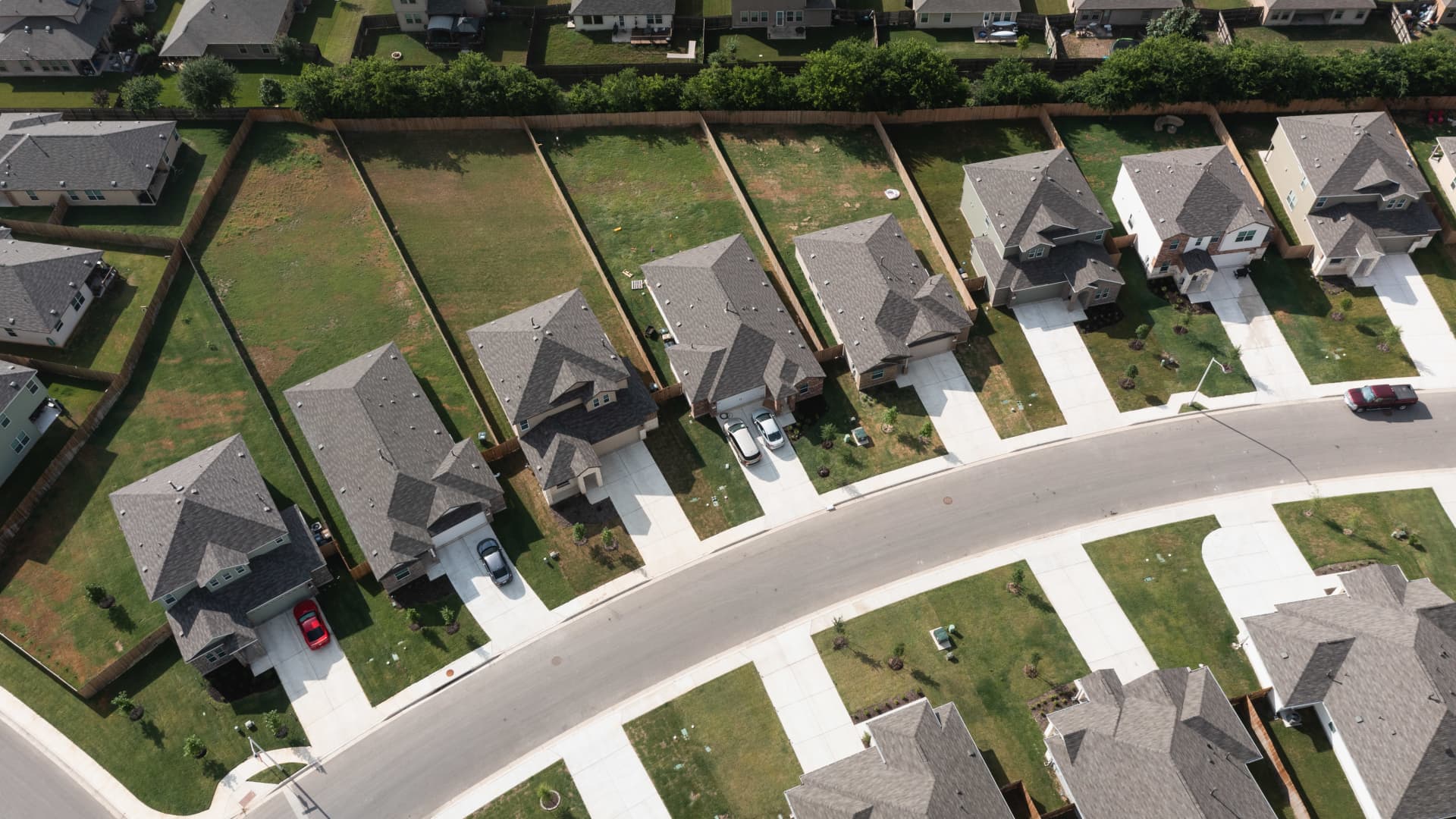As the U.S. housing market continues to reel from spiked mortgage rates, buyers and sellers alike are increasingly turning to mortgage rate buydowns.
Mortgage rate buydowns can vary, but with a 2-1 rate buydown, a seller essentially pays a lump sum of money to reduce the buyer’s rate by 2 percentage points in the first year and 1 percentage point in the second year. By the third year, the buyer pays the note rate.
“[Buyers] save massive amounts of money in year one and in year two, even if they stick with the note rate, they have the first two years to get their finances in order,” Evan Tendo, CEO and Broker of Record at ANR Finance + Real Estate, told Fortune.
If a buyer was purchasing a $600,000 home and took out a loan of $570,000 at a fixed rate of 6%, their monthly payment would be roughly $3,417. But with a 2-1 mortgage rate buydown, for the first year, their monthly payment would be around $2,721 (at a rate of 4%). And for the second year, their monthly payment would be $3,060 (at a rate of 5%). Therefore, the buyer is saving $8,354 the first year and around $4,291 the second year.
“It’s always been available, but no one was using it in the last several years because there really wasn’t a need, especially in 2020 and 2021,” Tendo said. “But as we got to 7% [mortgage rates] in October, we really needed to figure out a way to get people in homes and to make it affordable.”
But there’s a couple things to note: the buyer must qualify for the full rate (qualification can vary depending on the type of loan), and the money isn’t just going directly into their pockets. Instead, it’s put into an escrow account, which actually works in the buyer’s favor if rates go down. So let’s say rates go down, then the buyer can choose to refinance and lock in that lower rate, but the money left in the escrow account still belongs to the buyer and can be used as credit.
“The seller is paying these fees,” Tendo told Fortune. “And this is money that you will never lose, even if you refinance.”
So you may be wondering what’s in it for the seller, considering in the scenario above that it cost them over $12,600? Well, they sell their property in this slumped housing market, which is in correction mode because of the lack of affordability due to mortgage rates that have almost tripled from record lows coupled with home prices that rose more than 40% during the Pandemic Housing Boom.
Not to mention that for builders, in particular, it’s a less than ideal time to lose buyers as they grapple with long-lasting pandemic-related supply chain disruptions and a historic backlog. Mario Pinedo, a mortgage broker at HomeLoans.LA, told Fortune that rate buydowns are a way to bridge the gap between mortgage rates that have increased rapidly, and that a lot of builders are using the incentive to move their inventory.
“It’s a seller [offered] incentive,” Pinedo said.
It’s more beneficial for a builder to use a 2-1 rate buydown, Pinedo said, over a reduction in the sale price because it keeps the value up and entices buyers. Builders have found so much success with buydowns, many are offering buydowns that extend well beyond two years.
As of December of last year, 75% of nationally surveyed homebuilders said they’re buying down buyers’ mortgage rates to make it affordable, according to John Burns Real Estate Consulting. Some surveyed builders said that “everyone is requiring incentives,” and “rate buydowns and/or rate lock promotions are working best” and “100% of backlog is being offered some kind of rate buydown that is comparable to new sales.”
Devyn Bachman, senior vice president of research at John Burns Real Estate Consulting, previously told Fortune that rate buydowns “one of the levers that’s encouraging consumers to purchase new homes.”
Learn how to navigate and strengthen trust in your business with The Trust Factor, a weekly newsletter examining what leaders need to succeed. Sign up here.
















